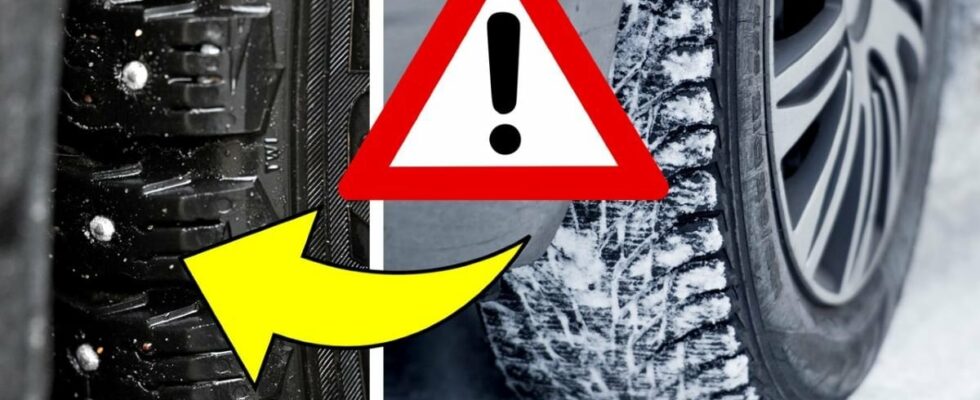Studded tires have become less popular in recent years, as they, among other things, wear hard on the road surface and contribute to poor air quality in cities.
However, for maximum grip on snow and ice, they are still the obvious choice.
The disadvantage is that those who drive on studded tires are not welcome on certain streets in some cities, and that studded tires are only legal to use between October 1 and April 15.
DON’T MISS: Our podcast about cars – Under the Hood
More rules for studded tires
If you drive on studded tires, however, there are more rules to keep track of than if you drive on non-studded friction tires.
To be approved as winter tires, both studded tires and friction tires must have a tread depth of at least 3 millimeters.
However, there is a law that means your studded tires may be illegal even if they have a legal tread depth.
DON’T MISS:
Still sluggish for new cars
Roof box on a ski holiday – that’s how heavy you can load
Then your studded tires may be illegal
When a studded tire is used, the studs gradually fall off, especially on the tires mounted on the drive axles.
With this in mind, you could have thought that the law requires how many studs must remain on studded tires in order for them to be legal, but it’s not really that simple.
It is instead about the difference in the number of studs not being too different between different tires, in order to avoid too big differences in grip. If the studded tires on the car are not legal, you can be fined SEK 1,200 according to Driving license online.
“The number of studs in studded tires must not differ by more than 25% compared to the tire on the vehicle that has the largest number of studs”, read in the traffic regulation.
DON’T MISS:
The cars that are most often stolen in Sweden – brand by brand
Five cars you didn’t know the police drive
